While Kilauea has been erupting continuously since 1983, the volcano has become more active in recent weeks, spewing both large quantities of lava on the northeastern flank of the volcano into some populated areas, and sending explosive bursts of ash into the atmosphere at the summit. So, will the volcanic activity there have any impact
Category: Weather
What Are Upper Air Maps and How Are They Used?
The location of troughs and ridges can play an essential role in a region’s weather. Weather observations above the ground are collected by weather balloons. Data from one a single site are plotted on a sounding, but an upper air chart can show information from multiple observation sites. Most upper air charts are plotted in
Why Virtual Sensors Could Save California’s At-Risk Almond Yields
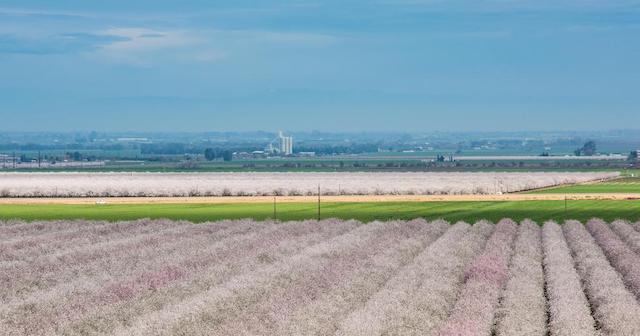
To say that the Golden State can lay claim to the title of king of almonds might be an understatement.
The Precipitation Problem In Agriculture
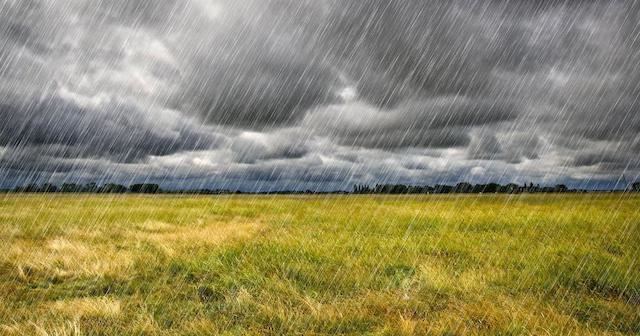
Precipitation is arguably the most important agricultural weather parameter, yet it is the most difficult variable to precisely measure.
Meet a Met: Stewart Williams

Stewart Williams @pgawxman1 University of North Carolina at Asheville, Meteorology On-site event meteorologist for professional golf Has been with DTN for 12 years What is your favorite part about being in MetOps? Working with a great group of people that have the same passion for weather as I do. What is the craziest weather event
Does Delayed Planting Reduce U.S. Corn Yields?
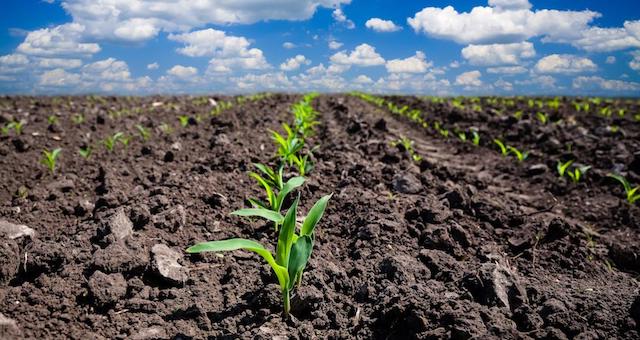
With the vernal equinox now behind us, spring has officially arrived in the astronomical sense.
How Do Mountains Affect Precipitation?
In basic terms, the two things needed for precipitation are moisture and lift. Temperature profiles and landmasses can also affect how much rain a region gets. Mountains can have a significant effect on rainfall. When air reaches the mountains, it is forced to rise over this barrier. As the air moves up the windward side of
Meet a Met: Aaron Studwell

Aaron Studwell @RaceWeather University of Michigan, B.S. Aerospace Engineering Texas A&M University, M.S. Meteorology University of Houston, Ph.D. (candidate) Atmospheric Sciences DTN Marine Team Lead Has been with DTN 8 months with the acquisition of Wilkens Weather Technologies (7.5 years) What is your favorite part about being in MetOps? Working with and mentoring my direct
WeatherPlot 3.0 Launched
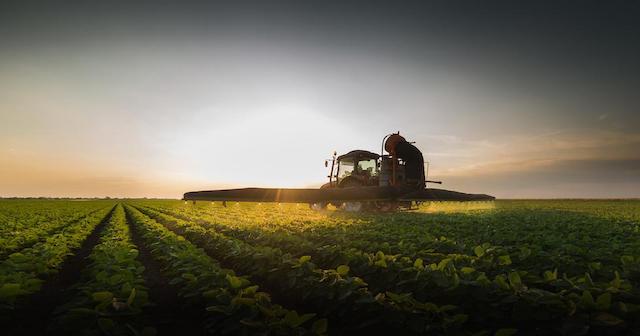
Iteris has just released version 3.0 of WeatherPlot®, the location-specific, agriculturally focused weather and soil decision support tool for agronomists, researchers, and crop science professionals who manage product performance inquiries.
Meet a Met: Tanner Verstegen

Tanner Verstegen @VerstegenWX University of Wisconsin-Madison – Atmospheric and Oceanic Sciences DTN Energy Meteorologist Has been with DTN for 2.5 years How did you end up working at DTN? Heard about DTN at a conference and was thrilled with the variety of clients they serve, looked like an exciting place to spend my days. What








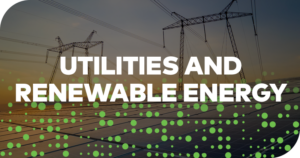

 Comprehensive weather insights help safeguard your operations and drive confident decisions to make everyday mining operations as safe and efficient as possible.
Comprehensive weather insights help safeguard your operations and drive confident decisions to make everyday mining operations as safe and efficient as possible.